- Telephone Enquiry:+88 01842 301 601, +88 01842 301 801
Fiber to the x & HFC
Fiber to the x (FTTX; also spelled "fibre") or fiber in the loop is a generic term for any broadband network architecture using optical fiber to provide all or part of the local loop used for last mile telecommunications. As fiber optic cables are able to carry much more data than copper cables, especially over long distances, copper telephone networks built in the 20th century are being replaced by fiber.[1] FTTX is a generalization for several configurations of fiber deployment, arranged into two groups: FTTP/FTTH/FTTB (Fiber laid all the way to the premises/home/building) and FTTC/N (fiber laid to the cabinet/node, with copper wires completing the connection). Residential areas already served by balanced pair distribution plant call for a trade-off between cost and capacity. The closer the fiber head, the higher the cost of construction and the higher the channel capacity. In places not served by metallic facilities, little cost is saved by not running fiber to the home. Fiber to the x is the key method used to drive next-generation access (NGA), which describes a significant upgrade to the broadband available by making a step change in speed and quality of the service. This is typically thought of as asymmetrical with a download speed of 24 Mbit/s plus and a fast upload speed.[2] Ofcom have defined super-fast broadband as "broadband products that provide a maximum download speed that is greater than 24 Mbit/s - this threshold is commonly considered to be the maximum speed that can be supported on current generation (copper-based) networks."[3] A similar network called a hybrid fiber-coaxial (HFC) network is used by cable television operators but is usually not synonymous with "fiber In the loop", although similar advanced services are provided by the HFC networks. Fixed wireless and mobile wireless technologies such as Wi-Fi, WiMAX and 3GPP Long Term Evolution (LTE) are an alternative for providing Internet access.

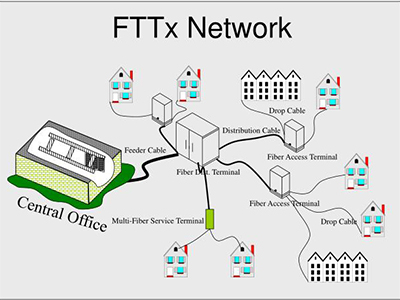

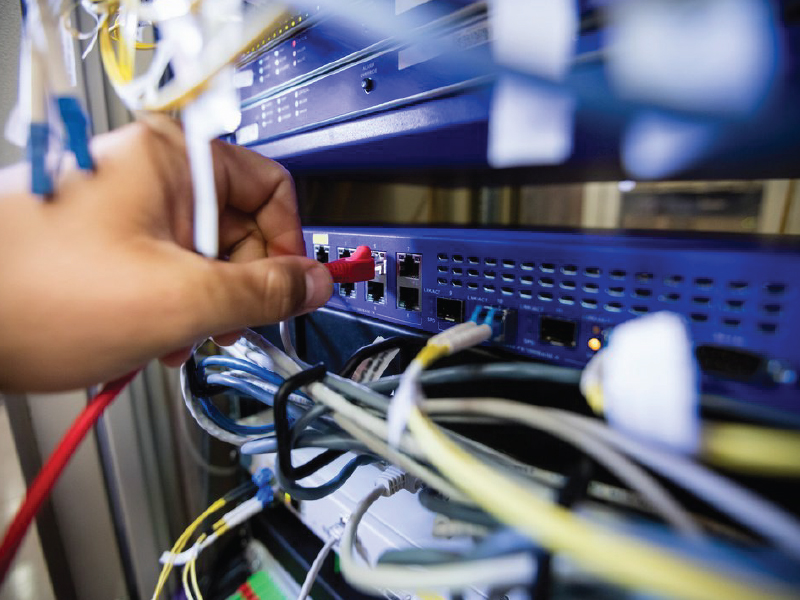
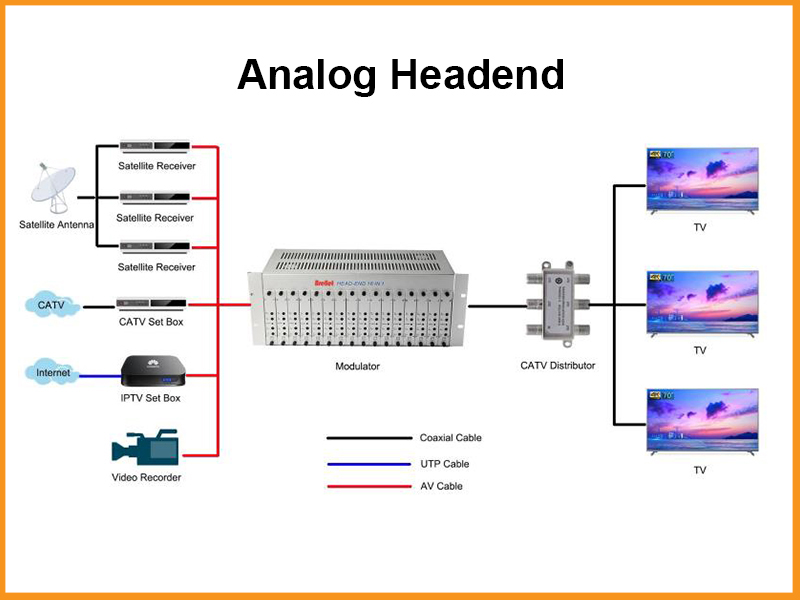
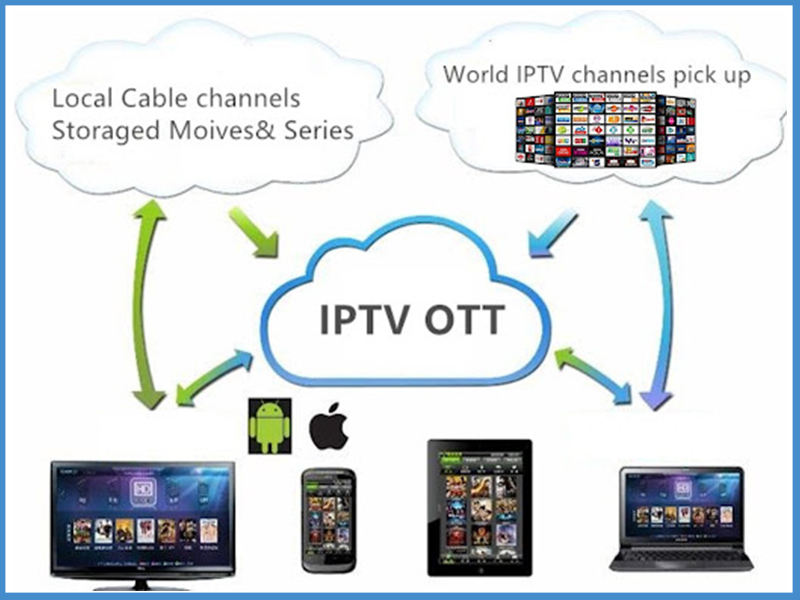

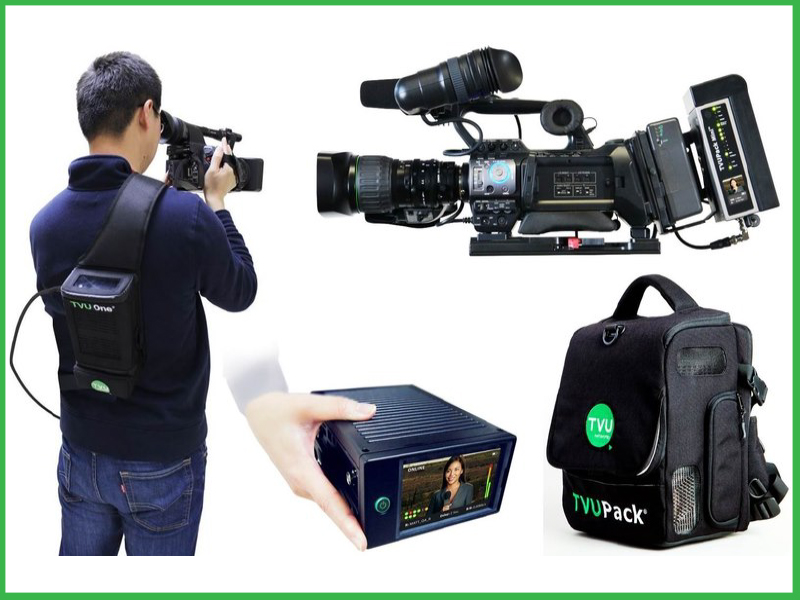

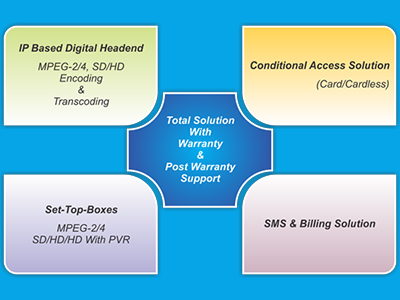
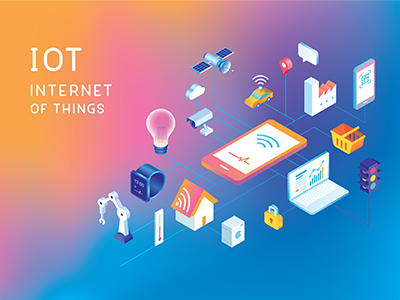
Demo
Plaza
Write Your Review
Today is a good day Framed poster
Beach Camera Exclusive Bundle - Includes Two Samsung Radiant 360 R3 Wi-Fi Bluetooth Speakers. Fill The Entire Room With Exquisite Sound via Ring Radiator Technology. Stream And Control R3 Speakers Wirelessly With Your Smartphone. Sophisticated, Modern Design
Our Feedback